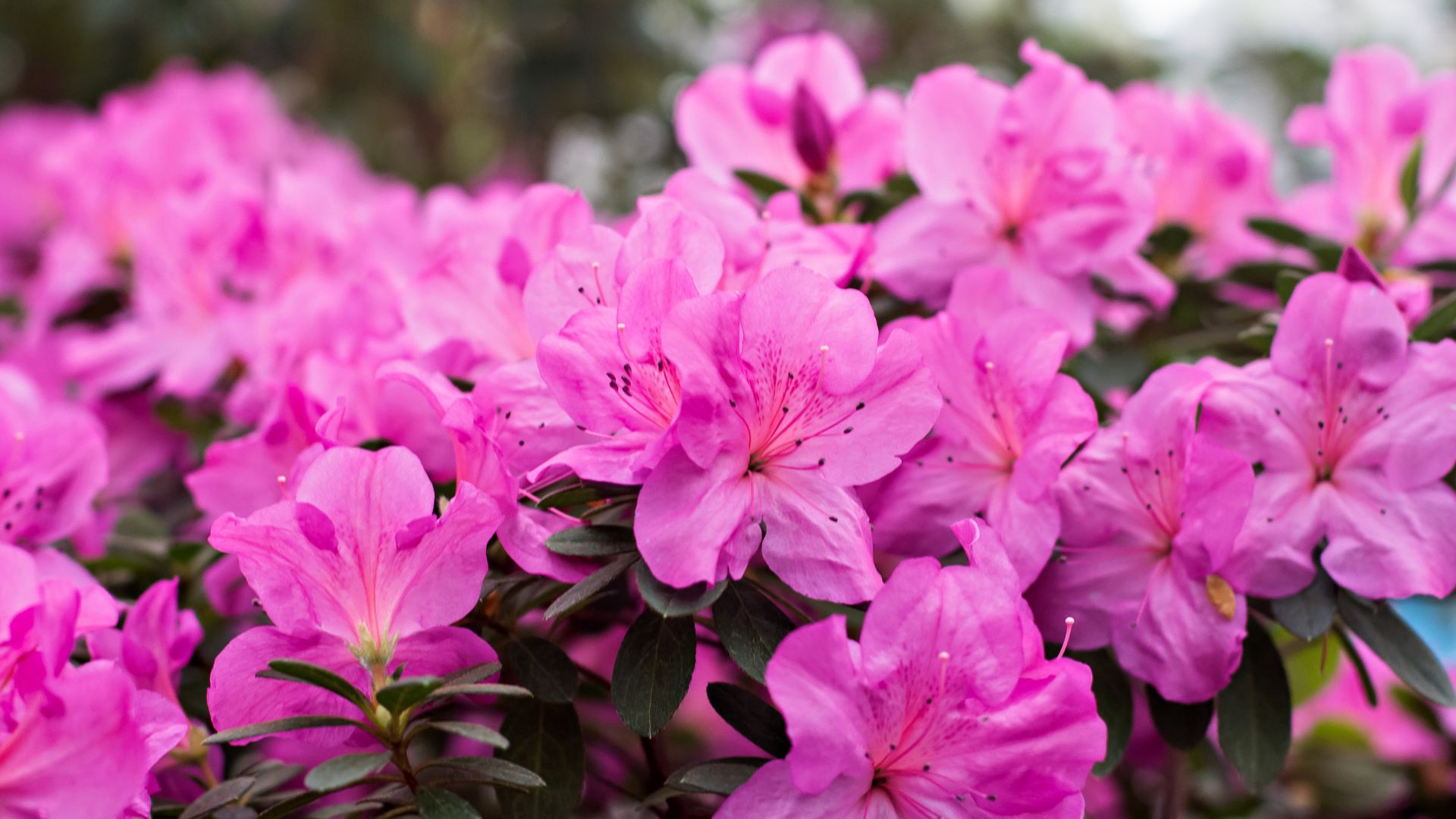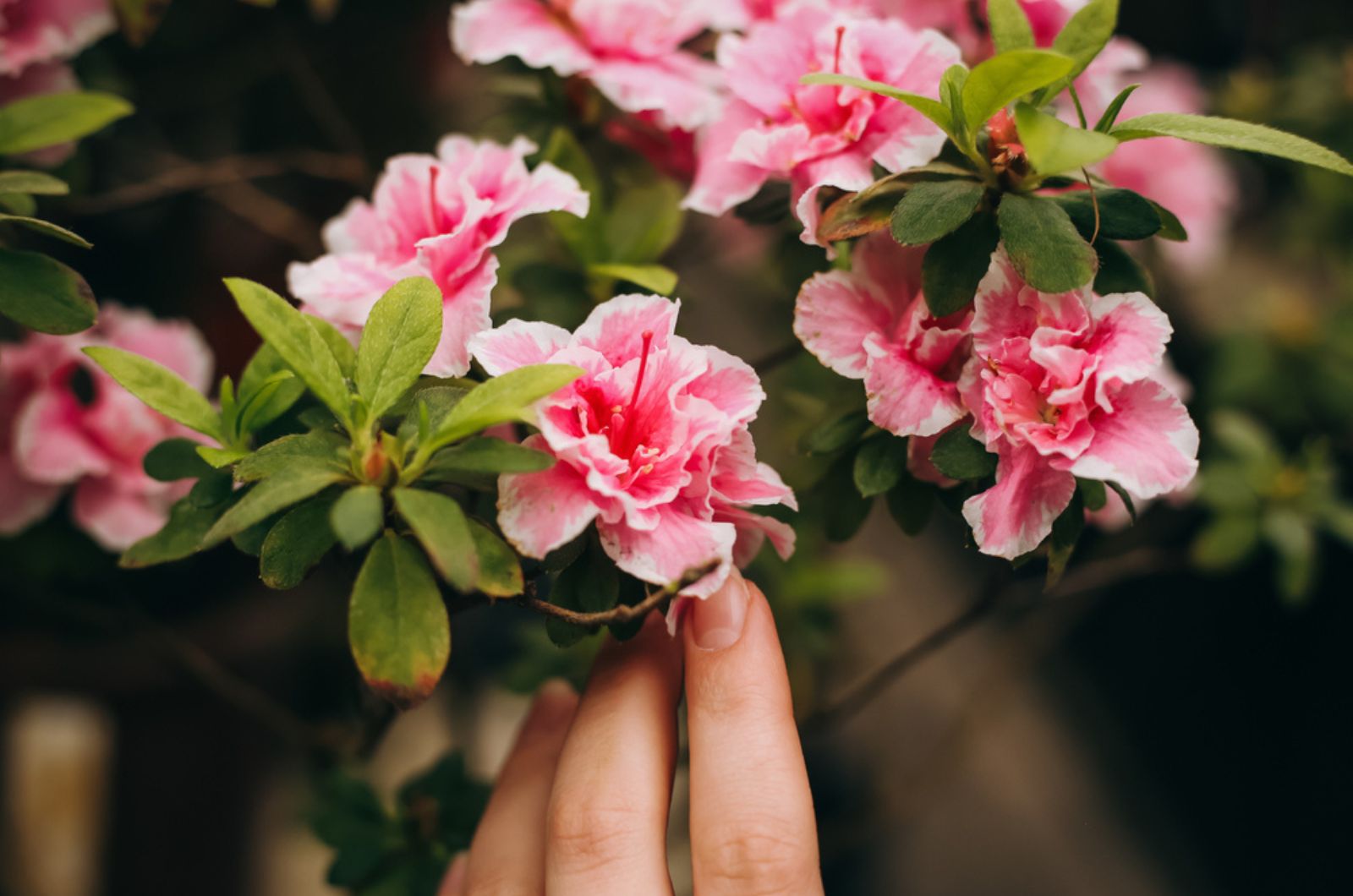Ever found yourself staring at your azaleas, wondering if you should remove those old blooms? I know I have. I used to think deadheading was just for roses, but guess what? Azaleas can benefit from it too!
When I first started growing azaleas in my garden, they were vibrant and full of life. But soon enough, they began looking a bit… tired. Naturally, I panicked, not knowing what had gone wrong.
I considered deadheading but was too nervous to try it. I kept wondering, “Will I mess up my beautiful plants?“
Eventually, I decided to give it a shot because, honestly, they couldn’t look any worse. I started slowly, removing a few old blooms at a time. To my surprise, it made a huge difference! My azaleas looked healthier and started blooming even more.
If you’re in the same boat, don’t be afraid to try deadheading (it might just bring your azaleas back to life).
All you have to do is…
Wait For The Perfect Deadheading Moment
You can’t just go on and deadhead your azaleas whenever you feel like it. Instead, you’ll have to wait for the perfect moment to do it, otherwise you might do more harm than good.
I always make it a habit to inspect my shrubs regularly once they start blooming. Depending on the species, you might see those lovely flowers anywhere from early spring to early summer.
Of course, the timing can also depend on your local climate and US hardiness zone.
From my experience, flowering usually lasts around two weeks. However, I’ve seen some species surprise me by blooming for much longer, while others wrap it up in just a few days.
Now, when it comes to deadheading, I’ve found it’s best to tackle it right after the flowering finishes.
Faded blooms can linger for about a week, but once they start to wither and turn brown, they quickly lose their sparkle. And let’s be honest, browning petals aren’t exactly what we want to show during those cheerful spring and summer months.
Come fall, it might be more acceptable, but for now we want our yards to stay lush and colorful!
This might be super helpful: 9 Steps For Getting Azaleas To Produce More Blooms
Follow The Right Deadheading Instructions
While deadheading rhododendron flowers might not drastically impact the health or performance of your plants, I highly recommend doing it for aesthetic reasons (we all want our gardens to look their best, right?).
Luckily, deadheading azaleas is a quick and easy task that requires minimal effort!
I always remind myself that using clean pruning shears is essential. While you can gently twist and remove the faded flowers by hand, I’ve found it’s often better to use sharp secateurs. These ensure a clean cut and avoid the risk of damaging your plant.
I like using these shears from Amazon because they are truly the best!
One mistake I made early on was accidentally tearing or ripping stems when deadheading, resulting in messy cuts. Don’t be clumsy like I was, and make sure to deadhead carefully and precisely.
Wait until the flowers have completely withered and turned brown before snipping each flower stem.
Make sure you don’t remove any leaves from the shrub. Doing this regularly will ensure that spent blooms don’t affect the healthy flowers that remain.
If your shrub is tall, consider using a telescopic pruning tool. I got one from Amazon and it did an amazing job trimming those high flower clusters at the top of the canopy.
You know, gardening is all about trying new things, and a little deadheading won’t hurt anyone. It’s all about regularly removing the old blooms to help the remaining ones stand out.
Just make sure to wait for the right moment and use sharp and clean shears (or telescoping ones for those high-up blooms).
Happy pruning!
Also read: Fertilize Your Azaleas This Way To Get More Colorful Blossoms


